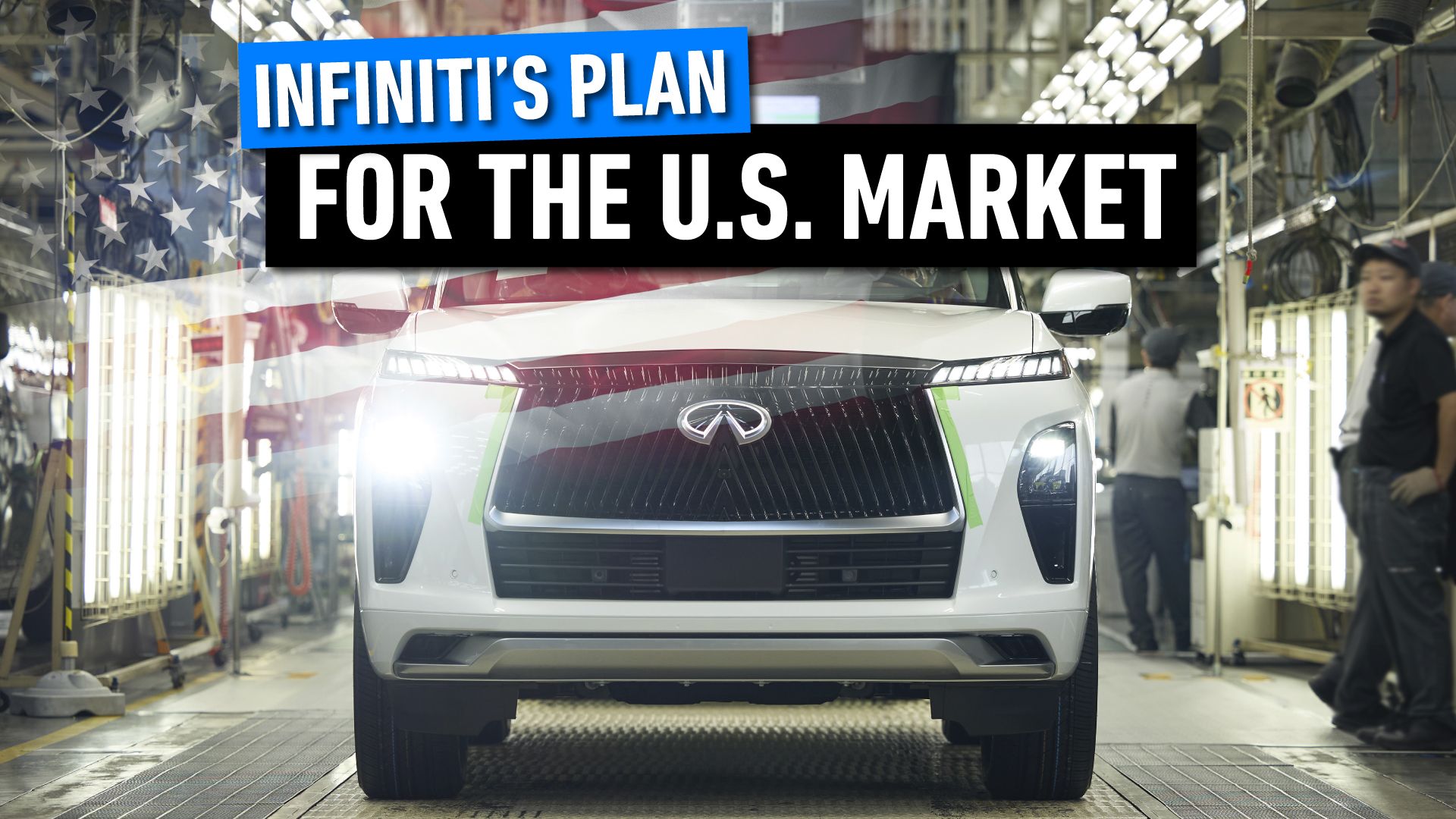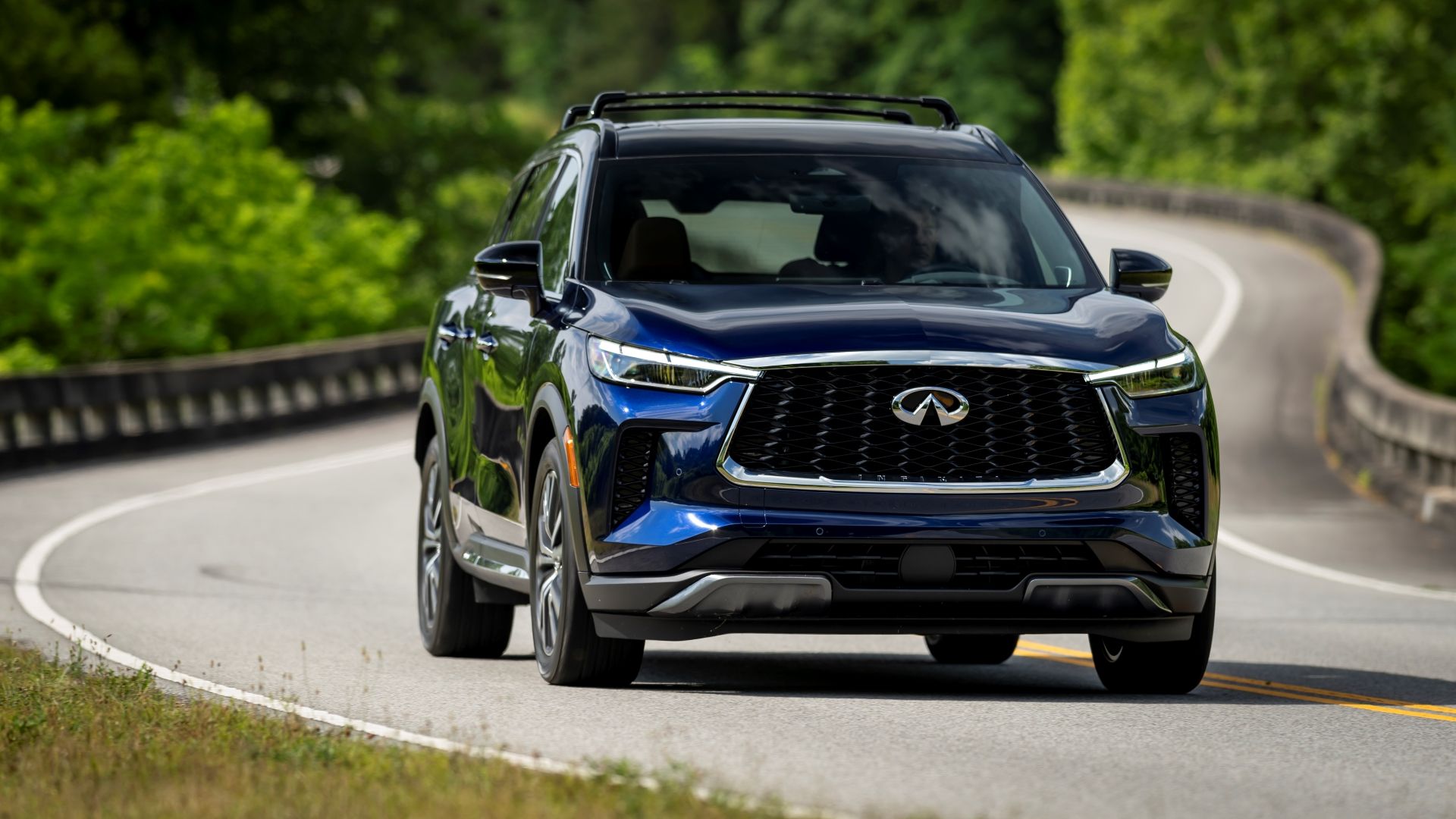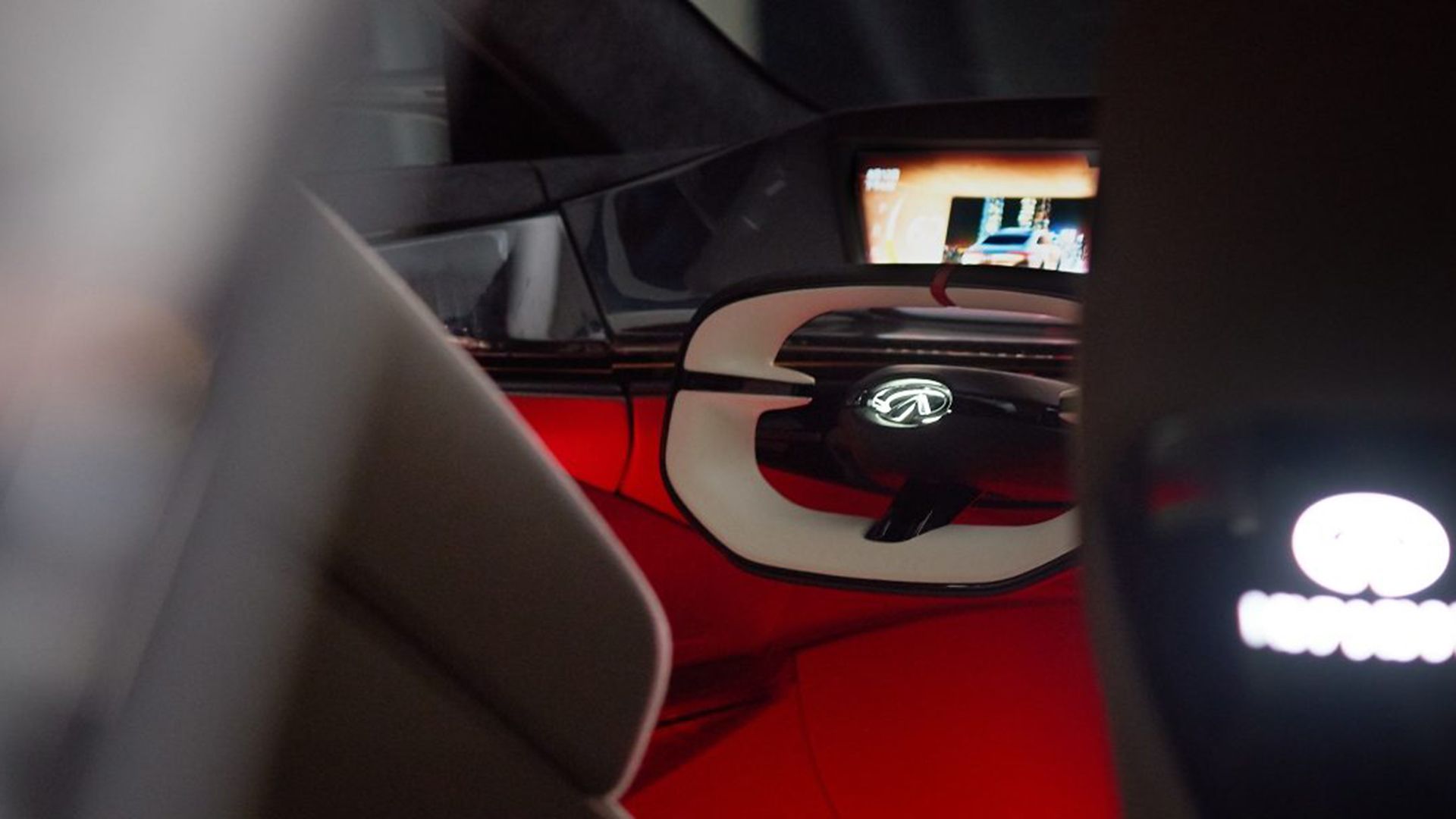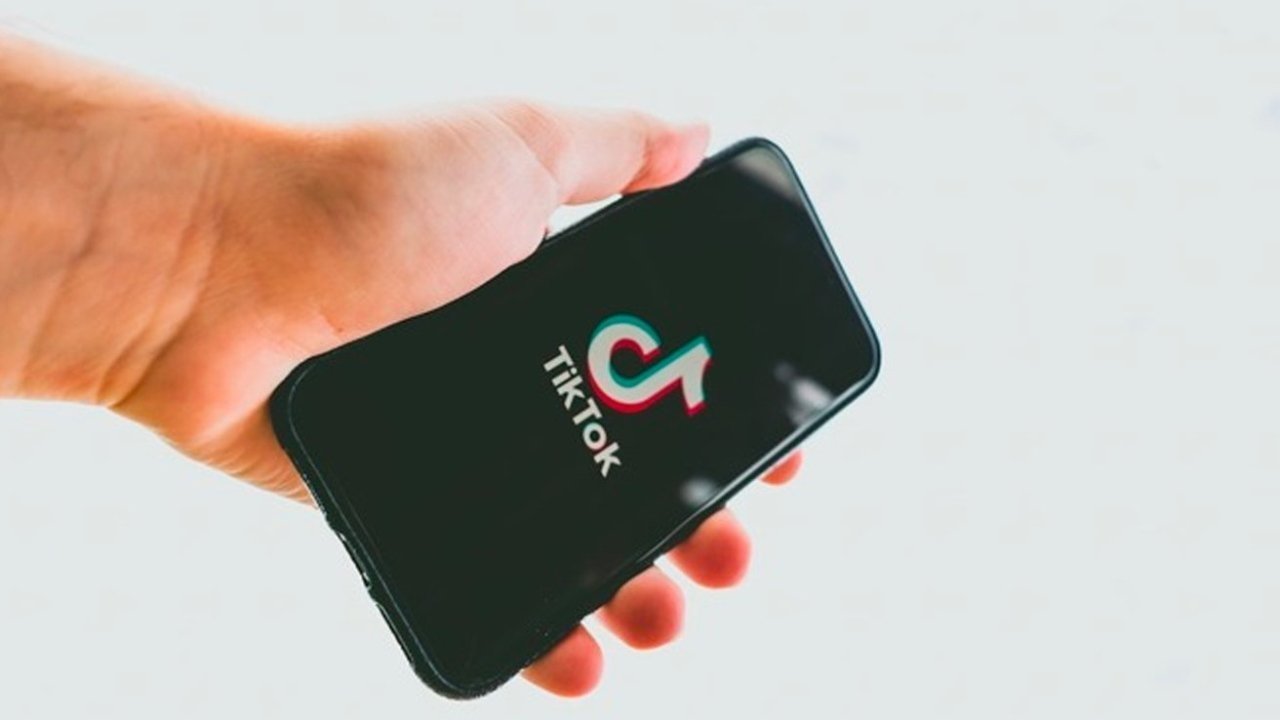Infiniti is one of the very few brands currently operating in the U.S. with no electrified vehicle option, whatsoever, but this is set to change in the coming years. Infiniti has detailed somewhat of a timeline that gives us a clear indication of how soon its electrified portfolio will arrive on the market, with a primary focus on crossovers and SUVs. This late introduction is a truly curious approach, especially when you consider that its parent company, Nissan, was one of the first brands to introduce a mass-market electric car to the world in the shape of the Leaf. Since then, the group’s approach to electrification has been one of the more conservative strategies, as the Ariya is the only EV to follow the Leaf.
The Infiniti Q50 Hybrid was the only electrified model the brand ever sold to the global market, but the brand put this option to rest back in 2018. Since then, electrification has been absent from its catalog, which could contribute to why the brand performs so poorly in the North American market, with figures suggesting that it only holds a 0.41 percent market share in the U.S. as of Q3, 2024. Despite this poor performance, Nissan’s premium extension is still alive and kicking. Its upcoming electrification strategy is likely to jump start its performance across the global region as demand for compelling electrified models continues to rise. Some people question whether it’s too little too late for the brand that has always struggled to find its footing in the aggressive premium car market.
In order to give you the most up-to-date and accurate information possible, the data used to compile this article was sourced from various manufacturer websites and other authoritative sources, including Cox Automotive and Reuters.
Infiniti’s Thrilling New EV Strategy
Infiniti will only be entering the EV race by the end of this decade with a compact crossover and sedan duo that it will assemble at the group’s Canton-based production facility. The company has already previewed these projects with its Vision Qs and QXe concepts, which date back to 2019. The compact EV crossover will lead its strategy when it arrives sometime in 2027. The only detail we have surrounding this model is that it will have a very distinctive front-end design with an LED light bar that stretches across either side.
The compact fastback sedan was initially slated to arrive in 2026, but Infiniti has pushed this date back by a good few years, as it wants to launch its EV portfolio with a more market-relevant crossover. Infiniti has already shown its dealers a production-ready design of this model as an unofficial revival of the Q70. This will introduce a new set of LED head- and taillights, with a single rear lightstrip. It seems that these are the only two EVs in the Japanese-owned brand’s upcoming strategy.
The Infiniti QX80 Is Here To Stay
For the longest time, the Infiniti QX80 featured the Nissan Group’s archaic 5.6-liter V-8. Thankfully, a more efficient and potent twin-turbocharged 3.0-liter V-6 replaces this, but we’re still yet to see any for or electrification enter the brand’s flagship SUV. This decision polarizes the industry, as the most popular options in this class have already adopted some form of gasoline-electric hybridization to improve performance and lower fuel consumption.
Infiniti QX80 Performance Specifications
| Engine | 3.5-Liter “VR35DDTT” DOHC 24-valve twin-turbocharged V-6 |
| Transmission | 9-Speed Automatic |
| Horsepower | 450 HP @ 5,600 RPM |
| Torque | 516 LB-FT @ 3,600 RPM |
| Fuel Economy (CMB) | 17 MPG |
| 0-60 MPH | 6.0 Seconds (est.) |
| Top Speed | 130 MPH (est.) |
| Towing Capacity | 8,500 Pounds |
Infiniti accelerates the QX80’s modernity with a fresh redesignfeaturing cues that make it look far more futuristic than its predecessor. We’ll see a facelift for this model sometime after 2028, but there’s no word on whether Infiniti will introduce some level of electrification. We’d honestly be surprised if it remained an ICE-only product, as the brand has teased a new generation of hybrid products that will arrive over the course of the next half of this decade.

Add TopSpeed to your Google News feed.
Infiniti’s Mid-Size And Compact Crossover Strategy
Mid-size and compact crossovers and SUVs are some of the best-selling models in the U.S., so it only makes sense for Infiniti to place the bulk of its research and development on these segments. Reports suggest that we’ll be getting an all-new hybridized moniker, which will sit on the Nissan Rogue’s platform. It will position this model right below the existing QX50 range when it arrives sometime in 2026.
Smaller EV Crossovers Are A Winning Formula
- Electrified mid-size and compact electric crossovers offer the perfect balance between space and efficiency, appealing to a wide range of consumers.
- Their elevated driving position and roomy interiors provide the comfort and practicality many U.S. families prioritize.
- Crossovers often come with all-wheel drive, making them suitable for various terrains and weather conditions, which is essential in many parts of the U.S.
- These vehicles have relatively lower running costs compared to gas-powered SUVs, while still offering similar utility and convenience.
- Automakers prioritize electric crossovers due to strong demand, resulting in more choices and competitive pricing in this segment.
- The size and design of electric crossovers meet the needs of urban drivers, offering easy parking and maneuverability without sacrificing cargo space.
The QX60 remains the brand’s bestseller, and it is set to introduce a revision to the range in late 2025. We understand that it will depart from its current design language and embrace a boxier aesthetic that aligns with the new QX80. A hybridized and fully electric alternative may arrive sometime in 2028, and will likely be its highest seller. We could also expect to see a two-row QX65 SUV, which will be a visually sportier alternative to the QX60 with a coupe-like silhouette.
Understanding Infiniti’s Slow Approach To Electrification
Infiniti’s slow approach to electrification stems from a combination of Nissan’s broader financial struggles, its focus on rebuilding its core business, and its strategy of gauging the market before making big investments. Infiniti has not prioritized EVs like its competitors, instead choosing to rely on internal combustion engines and hybrids for a longer period.
Many brands take a conservative approach to electrification, but very few are not paying it any attention. This cautious stance likely comes from a desire to avoid the high costs associated with electrification during uncertain financial periods. This strategy allows Infiniti to refine its technology and observe how competitors perform, but it comes with the risk of falling behind in an industry rapidly shifting toward electrification.
How Nissan’s Financial Struggles Occurred
- The Carlos Ghosn scandal damaged Nissan’s leadership stability and tarnished its global reputation.
- Declining vehicle sales in key markets, including the U.S. and Europe, led to reduced revenue and profitability.
- An over-reliance on fleet sales and heavy discounting devalued the brand and hurt profit margins.
- Poor product planning and a lack of appealing new models failed to keep up with consumer preferences and trends.
- Excessive global expansion strained resources and resulted in underperforming investments in certain regions.
- Increasing competition in the electric vehicle space left Nissan lagging behind more innovative rivals.
Almost all of Infiniti’s biggest rivals have already invested heavily in EVs, establishing brand loyalty and technological leadership that Infiniti might struggle to match if it continues delaying. Though Infiniti benefits from having time to develop strong products, it may appear outdated to consumers prioritizing sustainable mobility. In the short term, it seems like a safe financial decision, but in the long term, Infiniti risks losing relevance if it does not accelerate its EV plans. The EV gold rush is a turning point for a lot of companies. It has introduced new brands that have excelled in the market, such as Tesla, Lucid, and Rivian. On the other hand, household names are starting to feel the pinch and are losing considerable demand. Infiniti falls under this umbrella, but the next few years will show us whether it will make it out with just skin-deep battle scars.




